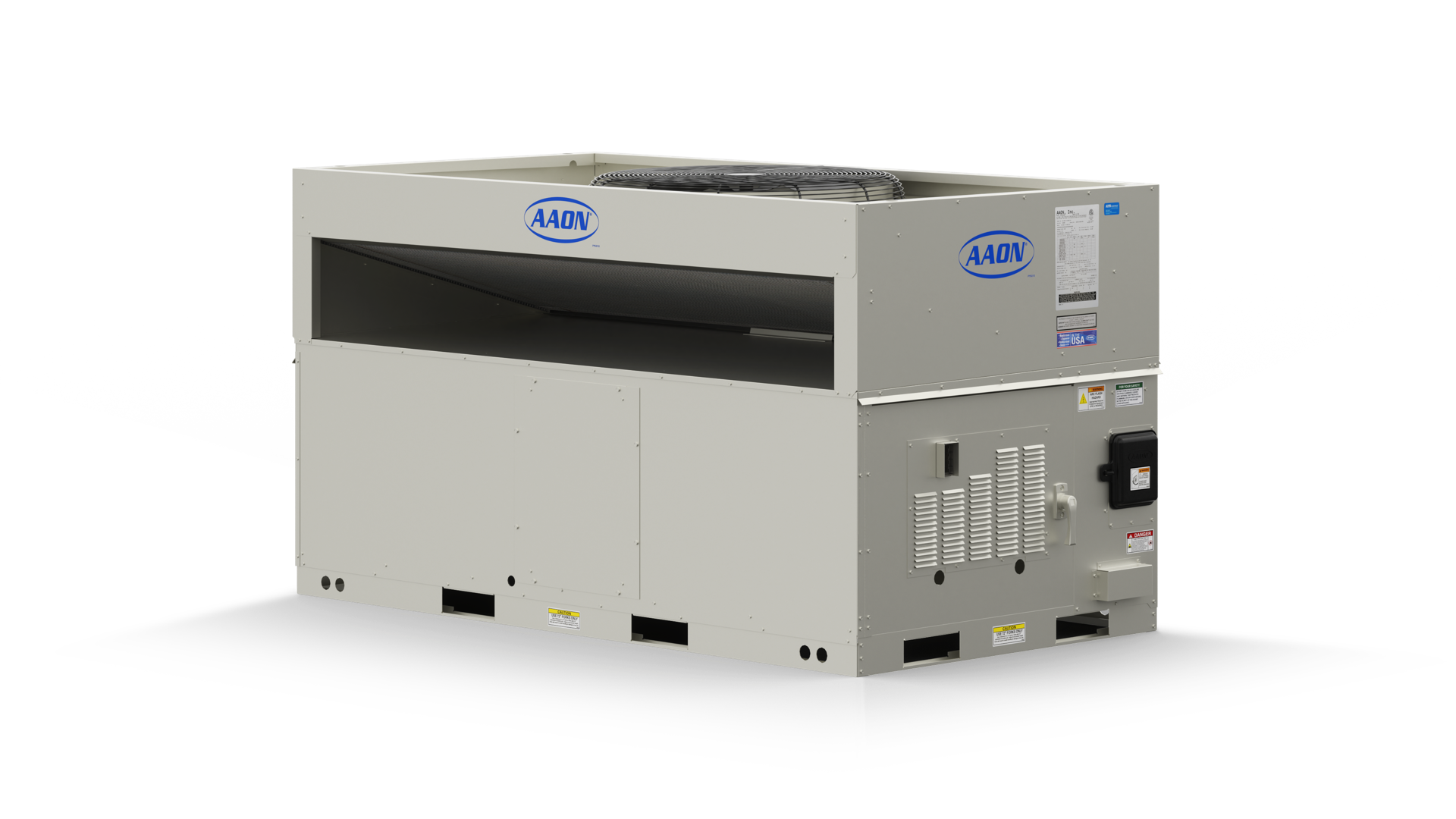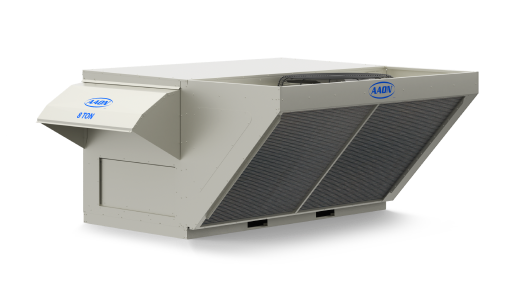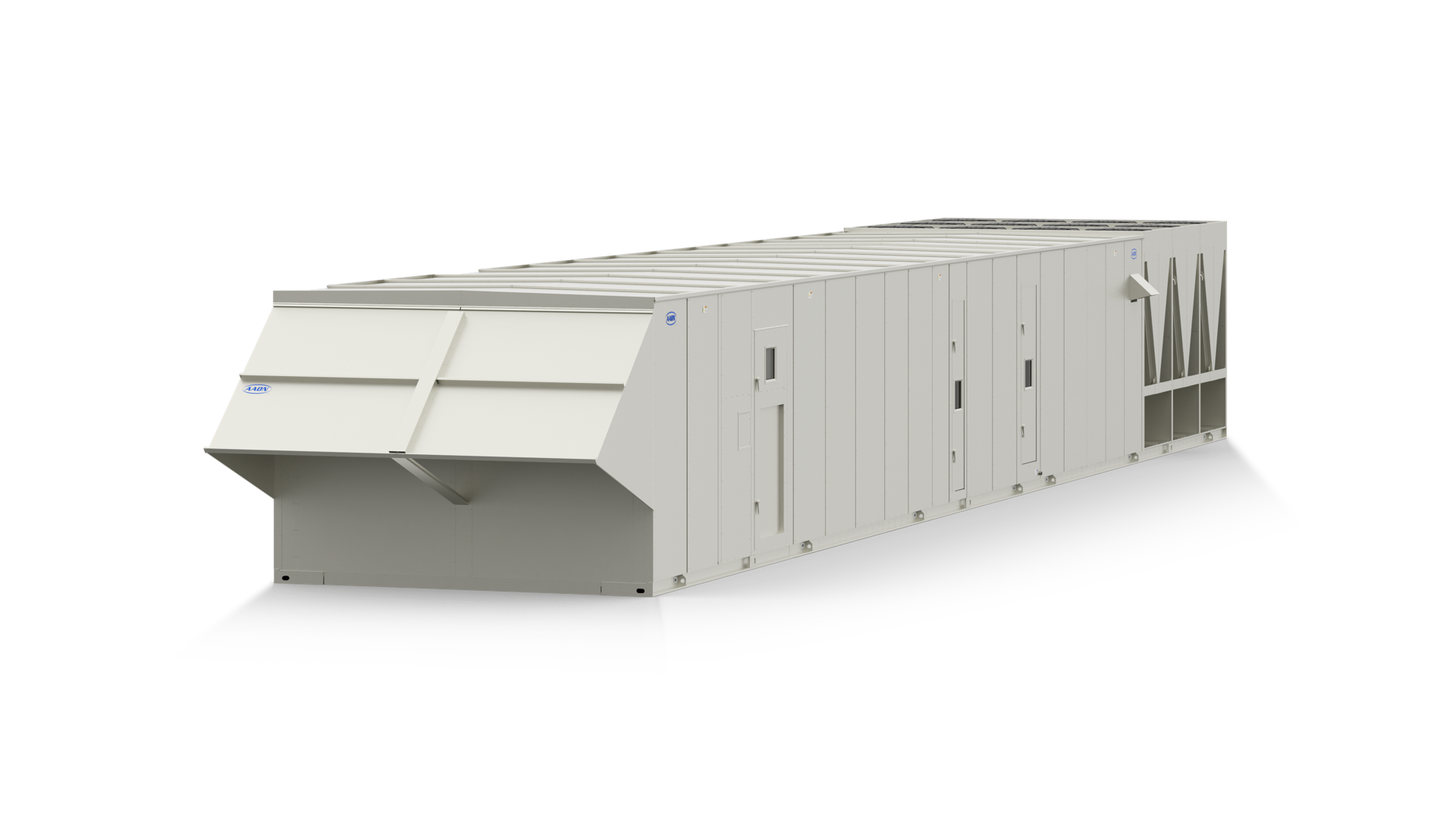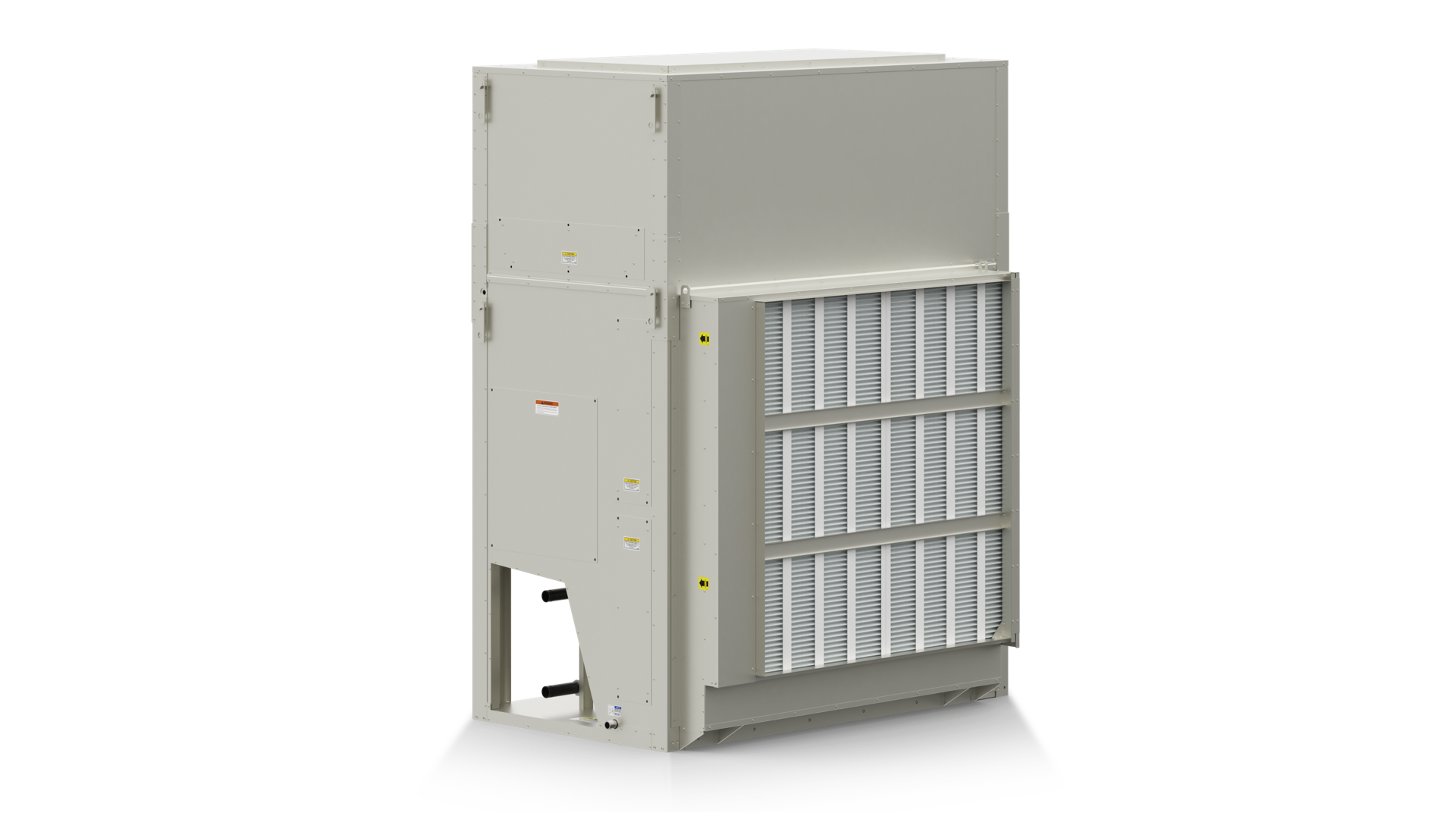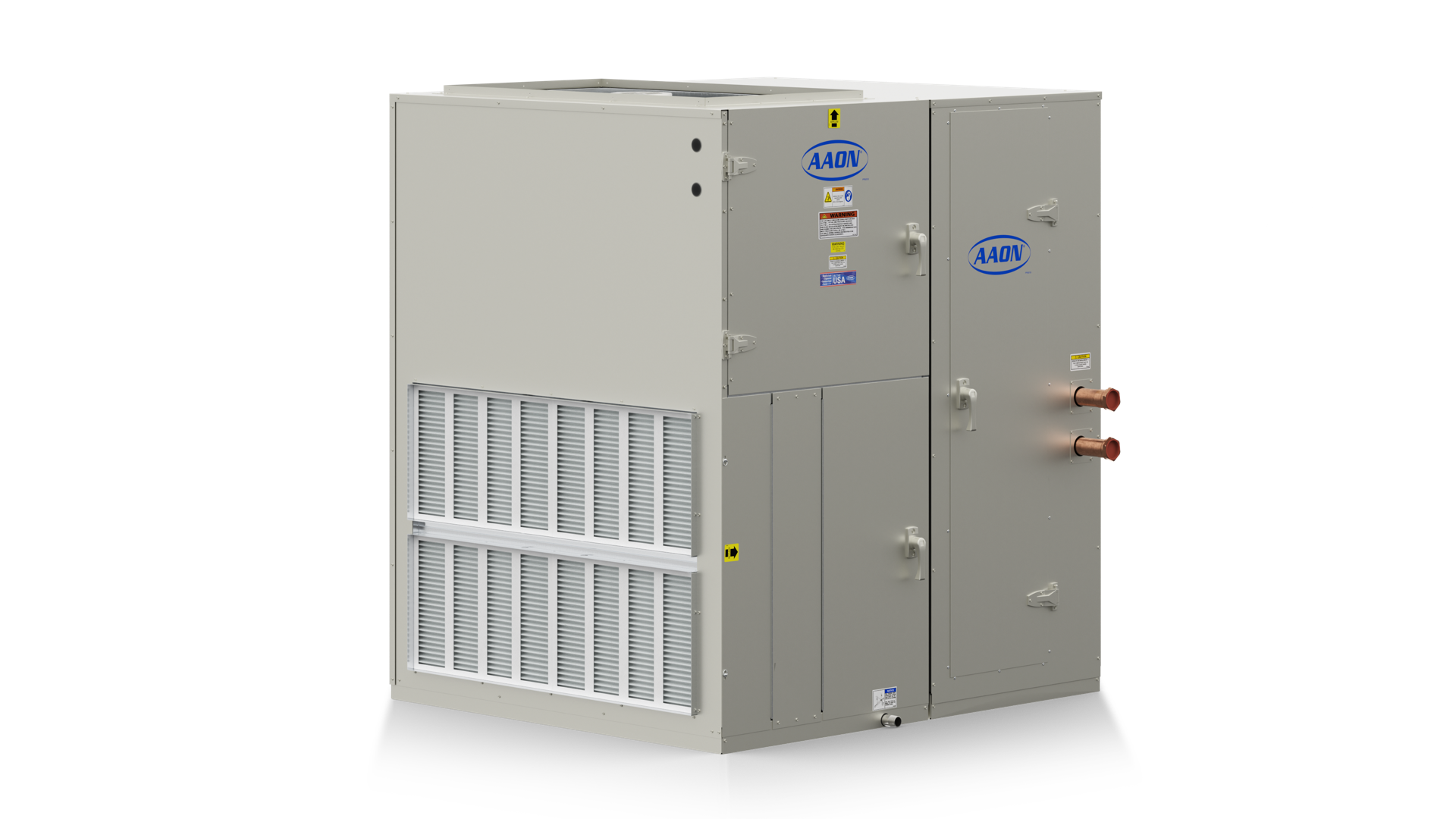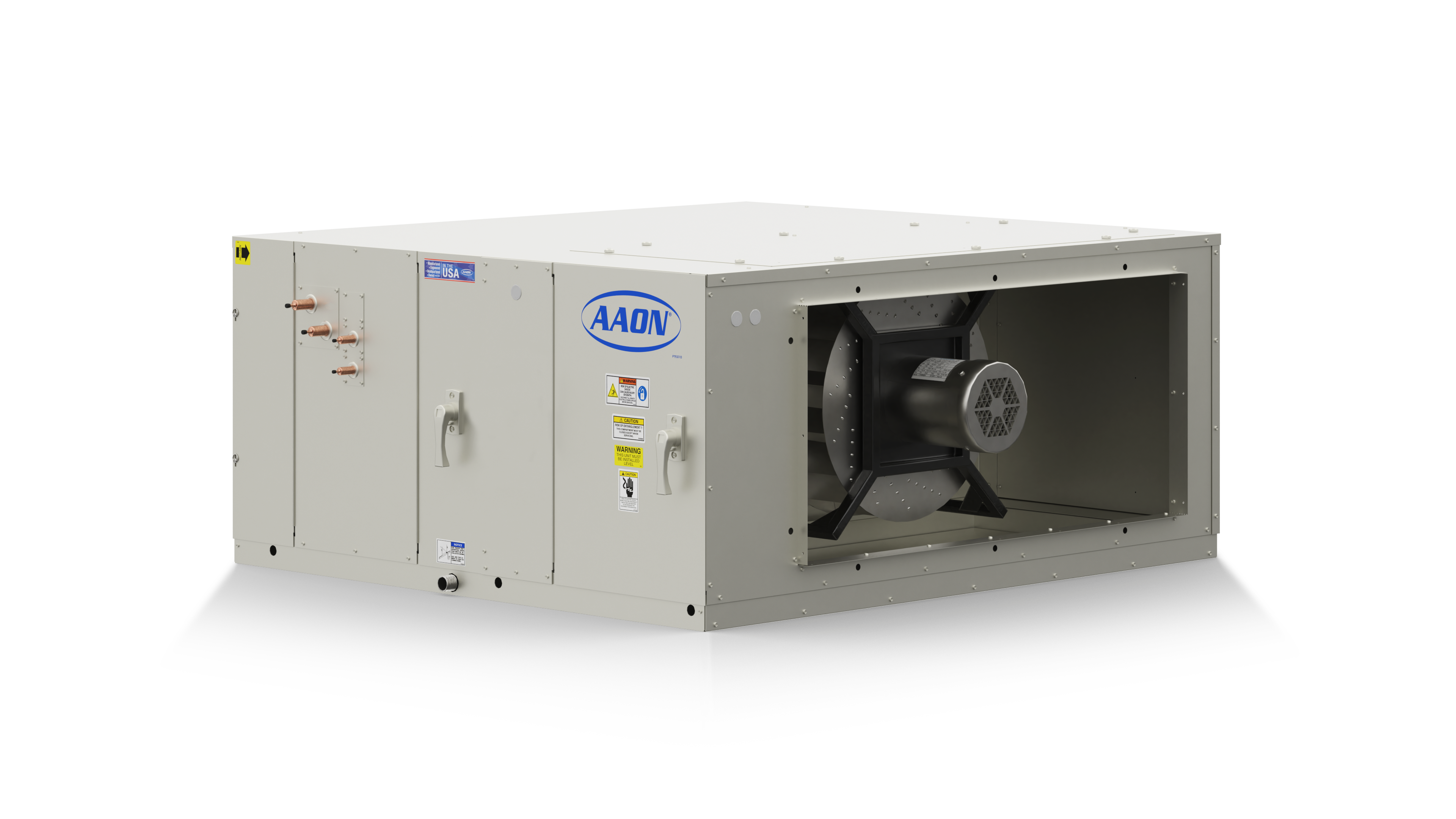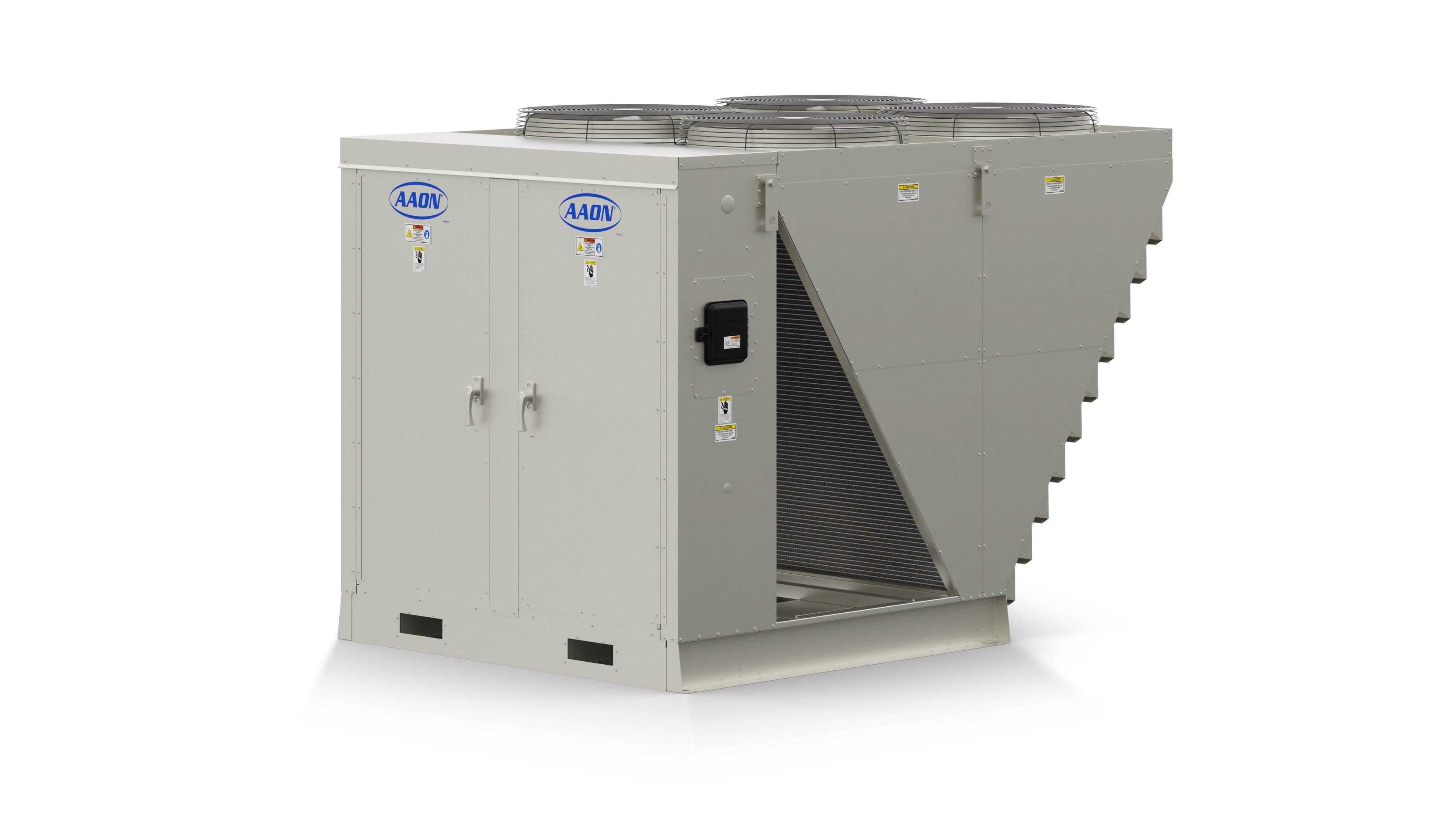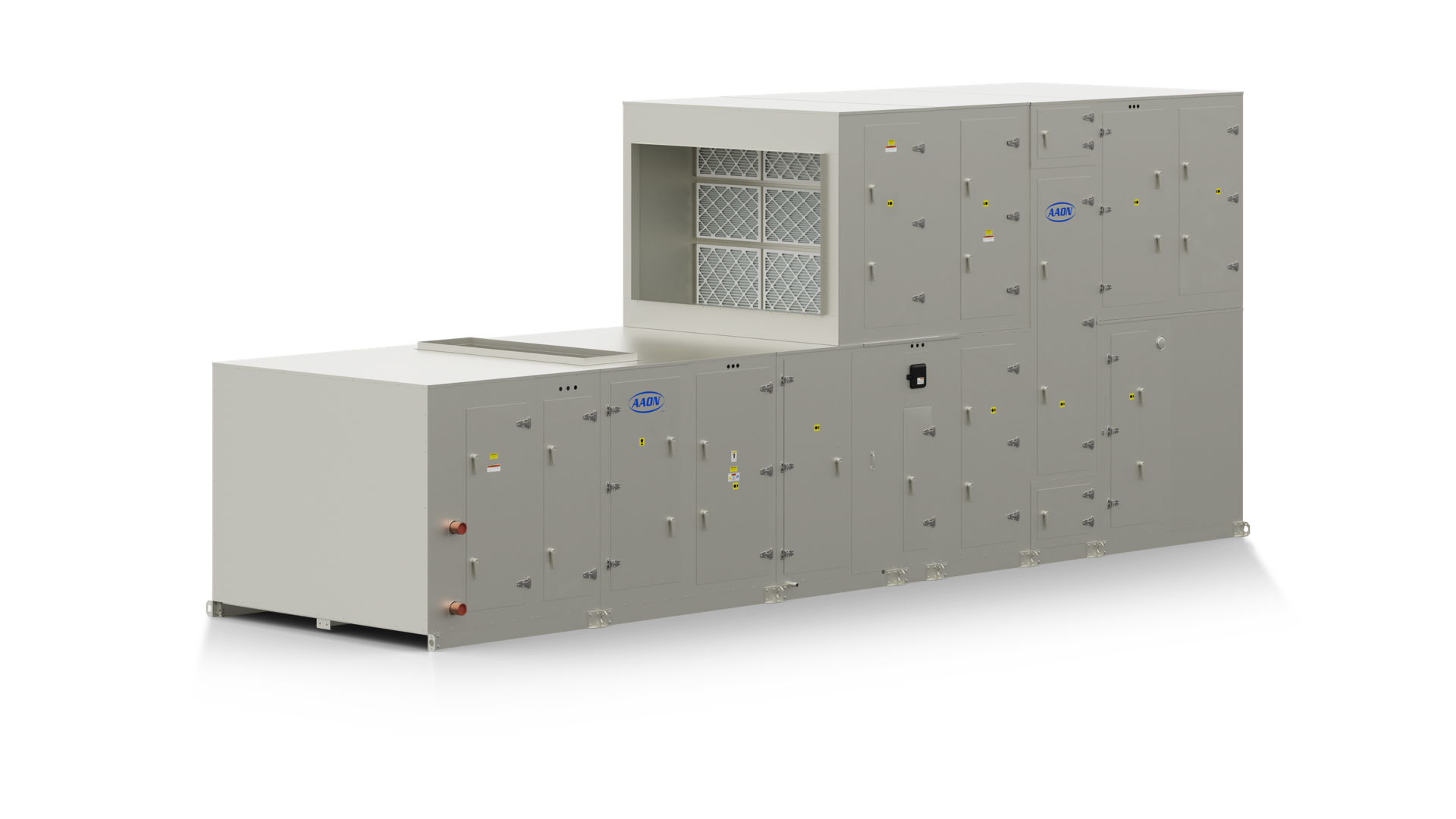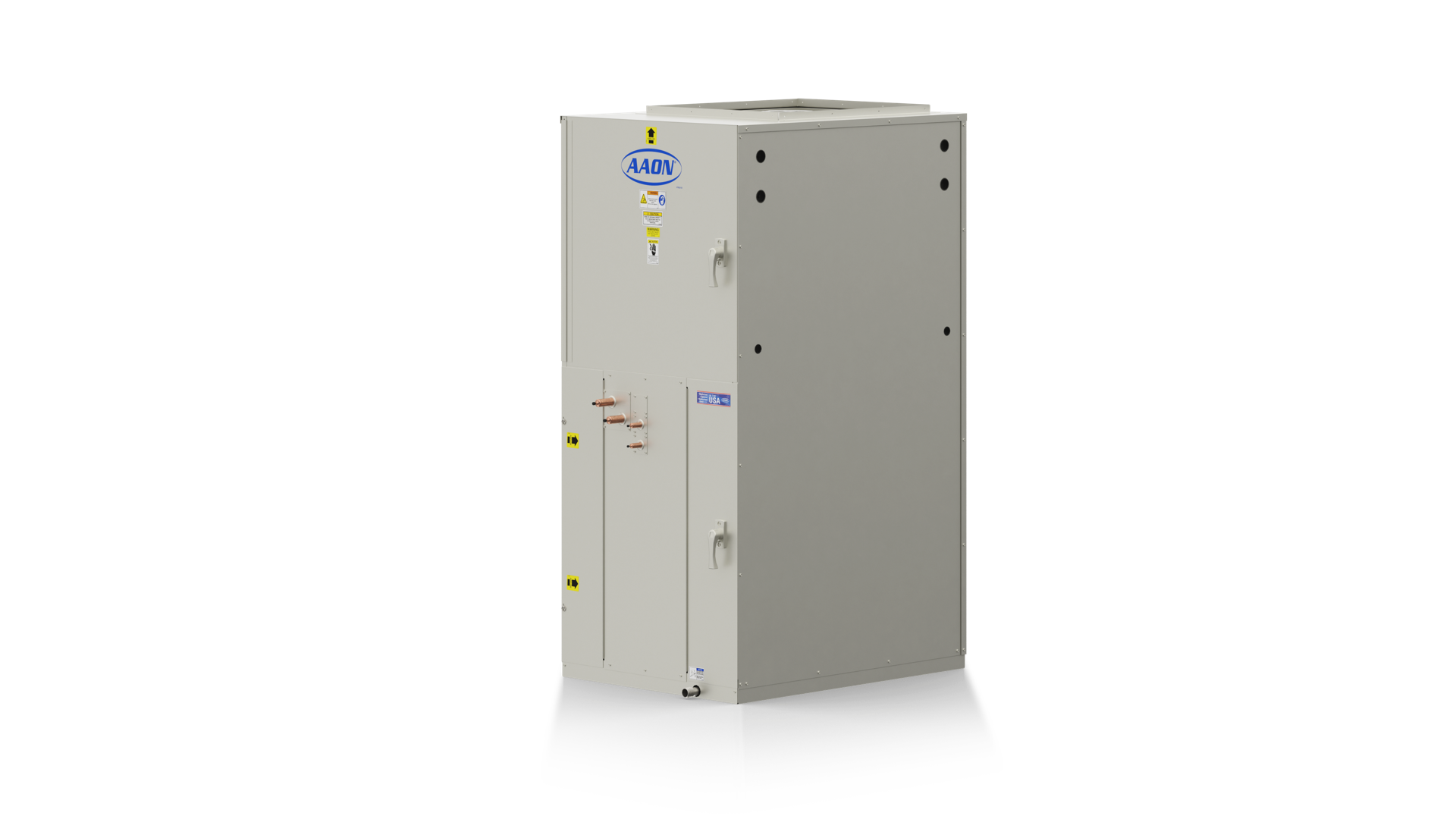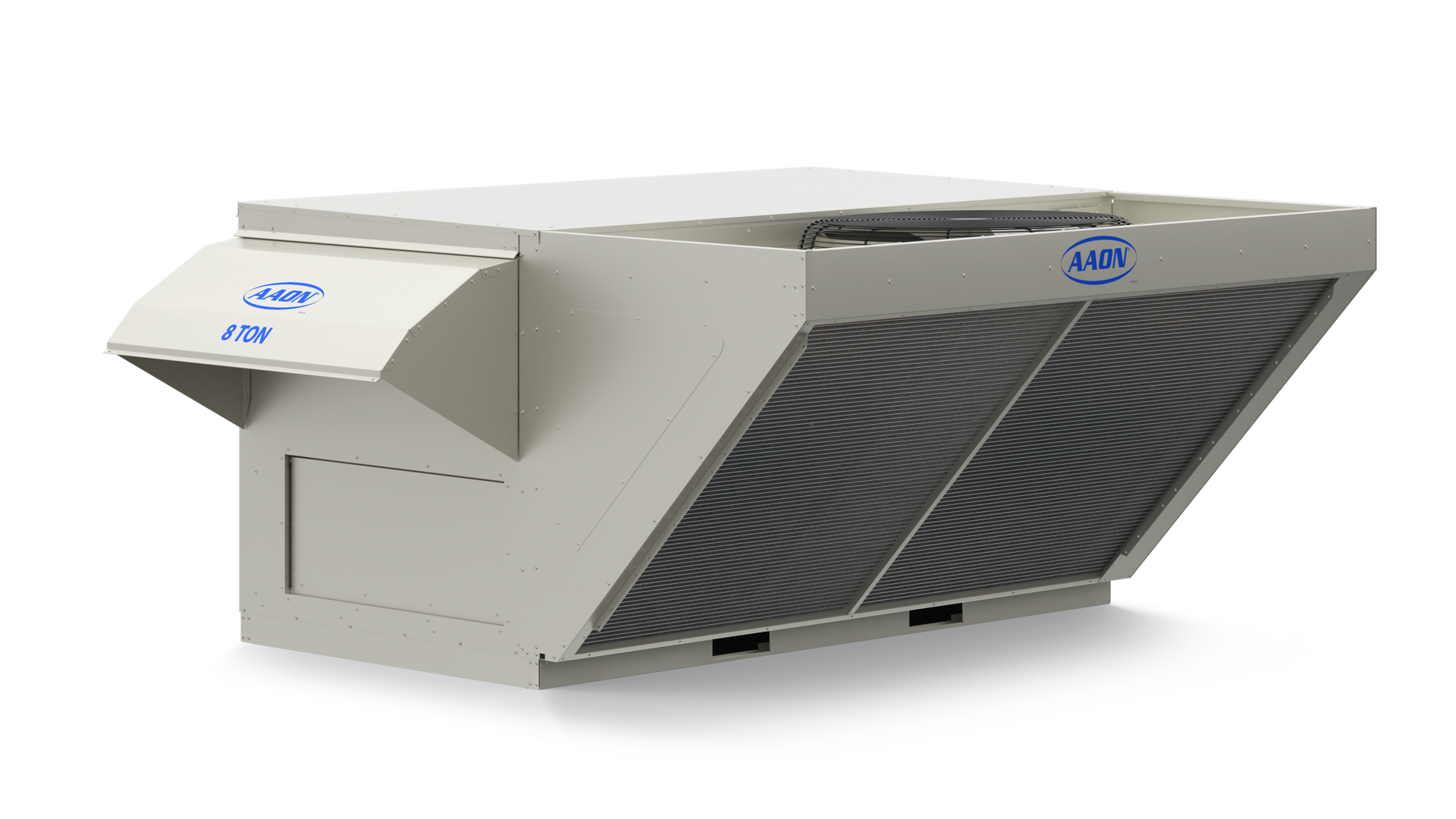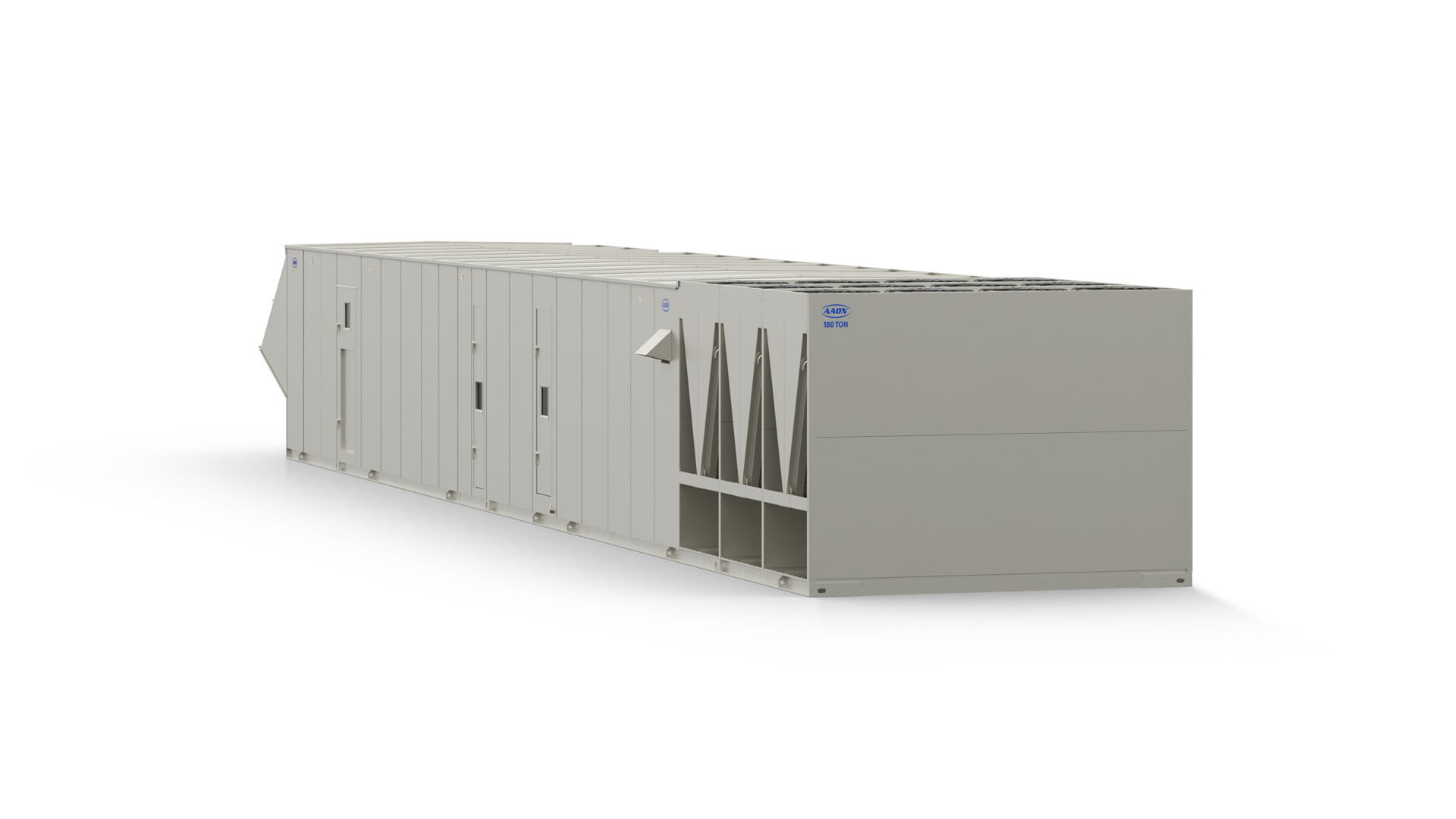Education
Experience is the best teacher.
Let the most trusted name in HVAC solutions deliver the long-term value you need and the optimal learning environment you want.

EDUCATION SOLUTIONS
-
About Education Facilities
Ranging from small elementary schools to large university campuses, educational facilities are an integral part of our society and rely on dependable HVAC solutions to create comfortable learning environments where students can thrive.
The major HVAC challenges that educational facilities face can vary depending on the type and age of the building, climate, and occupancy. Challenges include:
- Maintaining good indoor air quality and humidity control
- Conditioning large spaces with high occupancy
- Wide range of indoor environments - Classrooms, labs/science rooms, gymnasiums/locker rooms, auditoriums, cafeteria, etc.
- Limited operational budgets to operate and maintain equipment
- Sound and Comfort
-
Education Facility Considerations
When implementing HVAC solutions in educational facilities, the following considerations should be taken into account:
Building design and layout
The building design and layout can impact HVAC system design and efficiency. The HVAC system must be tailored to the specific needs of the facility, taking into account factors such as mechanical space availability, occupancy, location, and age of building.
System efficiency and controls
HVAC systems must be designed to maximize energy efficiency and minimize operating costs. This can be achieved through the use of high-efficiency HVAC equipment, energy recovery systems, and advanced control systems.
Indoor air quality
Indoor air quality must be maintained to ensure a healthy learning environment. HVAC systems should be designed to provide adequate ventilation, humidity control, and air filtration to meet the recommended standards.
Maintenance and serviceability
HVAC systems should be designed for easy access, serviceability, and maintenance to minimize disruption to teaching and learning activities. -
Education Facility Solutions
There are several HVAC products that are recommended for educational facilities, depending on their specific needs and requirements. Some of these products include:
Packaged rooftop units
Packaged rooftop units are ideal for schools and universities that have limited space for HVAC equipment. They are easy to install and maintain, and can be customized to meet the unique heating and cooling needs of the facility.
Energy recovery ventilation systems
Energy recovery ventilation systems help to improve indoor air quality by allowing you to bring in additional ventilation air. They are also energy-efficient, which can help educational facilities to save on their utility bills.
Split systems
Split systems are ideal for classrooms and other areas of the facility that require individual temperature control in buildings that have limited rooftop space. They are also quiet and energy-efficient, which can help to create a comfortable learning environment for students.
Air filtration systems
Air filtration systems can help to improve indoor air quality by removing pollutants such as dust, allergens,viruses, and bacteria. This is particularly important for educational facilities, where poor indoor air quality can negatively impact the health and productivity of students and staff.
Ranging from small elementary schools to large university campuses, educational facilities are an integral part of our society and rely on dependable HVAC solutions to create comfortable learning environments where students can thrive.
The major HVAC challenges that educational facilities face can vary depending on the type and age of the building, climate, and occupancy. Challenges include:
- Maintaining good indoor air quality and humidity control
- Conditioning large spaces with high occupancy
- Wide range of indoor environments - Classrooms, labs/science rooms, gymnasiums/locker rooms, auditoriums, cafeteria, etc.
- Limited operational budgets to operate and maintain equipment
- Sound and Comfort
When implementing HVAC solutions in educational facilities, the following considerations should be taken into account:
Building design and layout
The building design and layout can impact HVAC system design and efficiency. The HVAC system must be tailored to the specific needs of the facility, taking into account factors such as mechanical space availability, occupancy, location, and age of building.
System efficiency and controls
HVAC systems must be designed to maximize energy efficiency and minimize operating costs. This can be achieved through the use of high-efficiency HVAC equipment, energy recovery systems, and advanced control systems.
Indoor air quality
Indoor air quality must be maintained to ensure a healthy learning environment. HVAC systems should be designed to provide adequate ventilation, humidity control, and air filtration to meet the recommended standards.
Maintenance and serviceability
HVAC systems should be designed for easy access, serviceability, and maintenance to minimize disruption to teaching and learning activities.
There are several HVAC products that are recommended for educational facilities, depending on their specific needs and requirements. Some of these products include:
Packaged rooftop units
Packaged rooftop units are ideal for schools and universities that have limited space for HVAC equipment. They are easy to install and maintain, and can be customized to meet the unique heating and cooling needs of the facility.
Energy recovery ventilation systems
Energy recovery ventilation systems help to improve indoor air quality by allowing you to bring in additional ventilation air. They are also energy-efficient, which can help educational facilities to save on their utility bills.
Split systems
Split systems are ideal for classrooms and other areas of the facility that require individual temperature control in buildings that have limited rooftop space. They are also quiet and energy-efficient, which can help to create a comfortable learning environment for students.
Air filtration systems
Air filtration systems can help to improve indoor air quality by removing pollutants such as dust, allergens,viruses, and bacteria. This is particularly important for educational facilities, where poor indoor air quality can negatively impact the health and productivity of students and staff.
Why AAON for Education?
AAON stops at nothing to design the very best.
All AAON products are highly configurable and designed to optimize your exact environment. With high quality features, our systems set the industry standard for long-lasting quality.
AAON equipment is easy to access and convenient to work on.
Our products make it simple for technicians to service our units efficiently and affordably. Unique features like color-coded wiring and full height stainless steel door hinges are designed with serviceability in mind.
AAON equipment is renowned for reliability.
Our products are tested for all functions and receive a unit-specific report before they leave the factory. Choose cutting-edge engineering that pushes the boundaries of what's possible in virtually any climate and application.
Related Products
Dare us to exceed expectations.
Regardless of the challenge, AAON has the capabilities to fulfill project requirements and deliver long-term value to customers. Contact an AAON Representative to learn how our products serve as your solutions.


